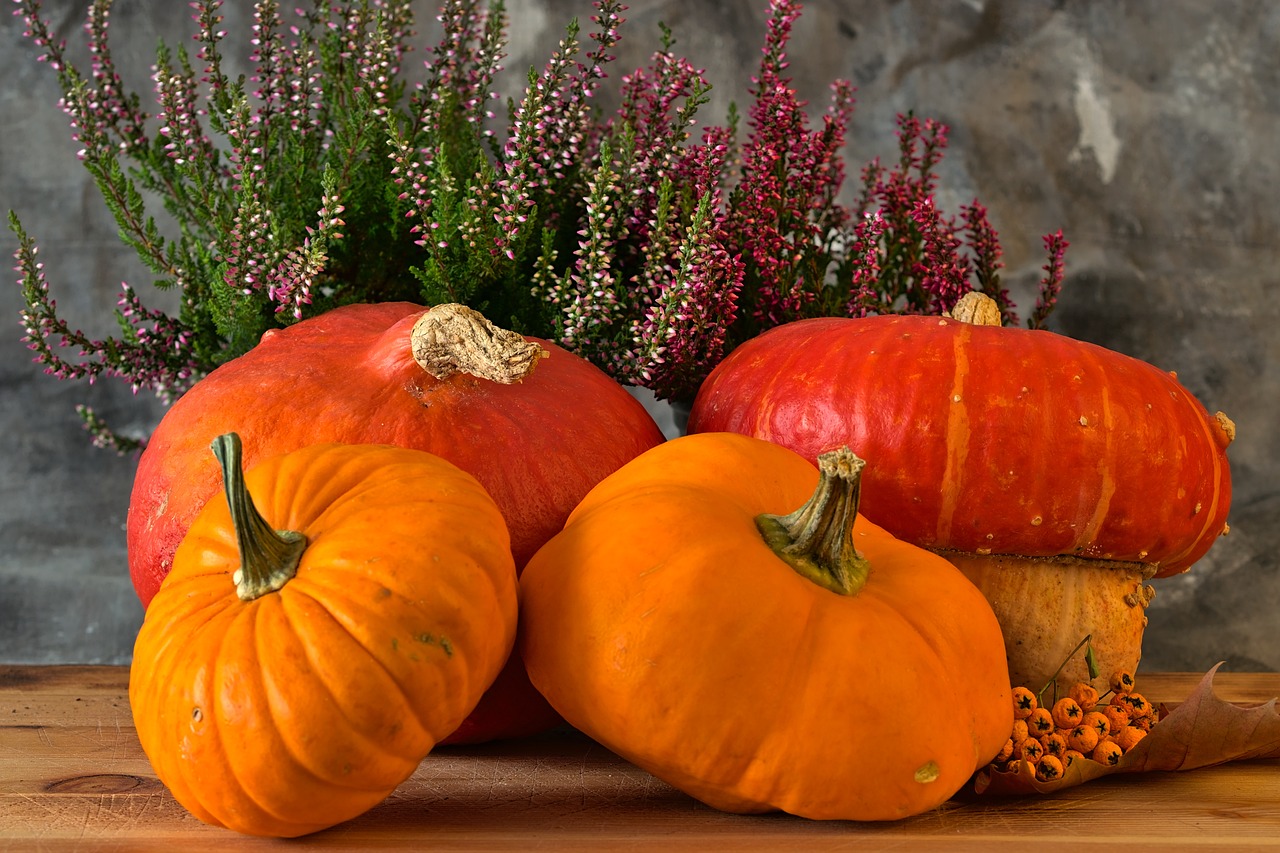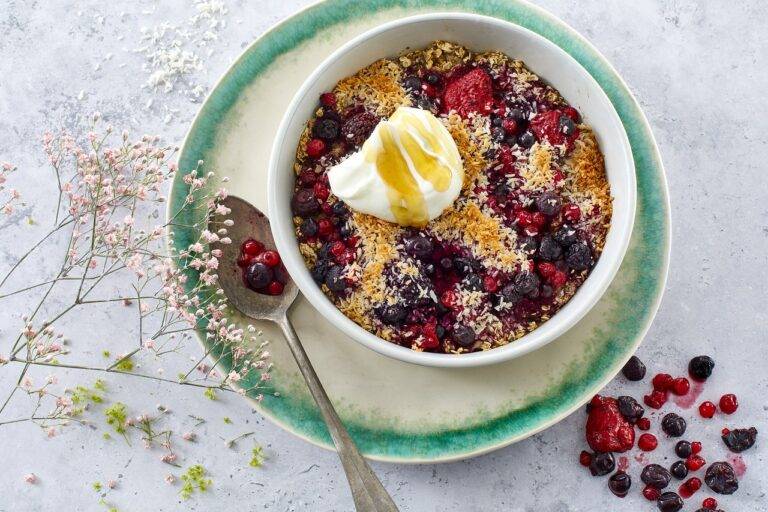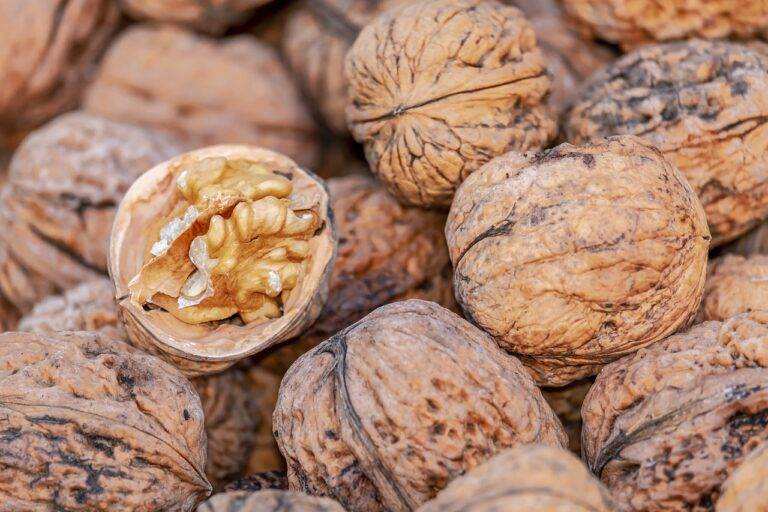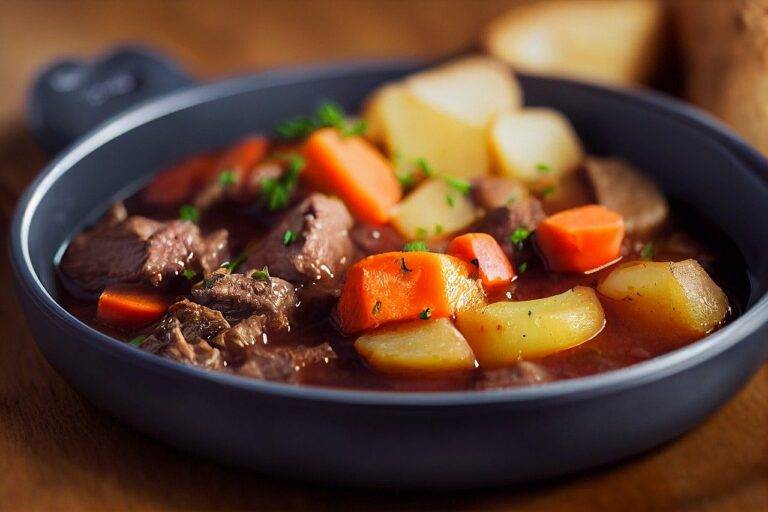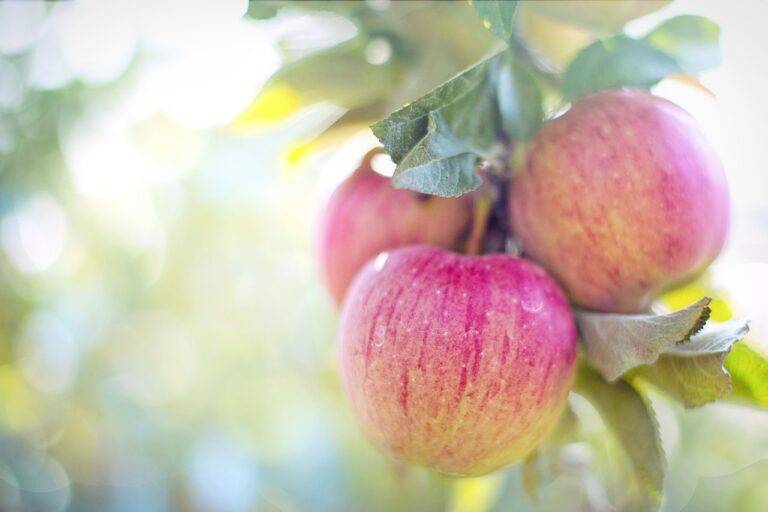The Role of Food Preservation in Culture
Early civilizations developed various techniques to preserve food for longer periods of time. One common method involved drying foods like meats, fruits, and herbs under the sun to remove moisture and prevent spoilage. This dehydration process was essential in preserving food in regions with limited access to refrigeration.
Another ancient method of food preservation was fermentation. By allowing the natural process of fermentation to occur, foods like vegetables and dairy could be preserved through the production of lactic acid or alcohol. Fermented foods not only had extended shelf lives but also offered unique flavors and textures that enhanced culinary experiences.
Traditional Methods of Food Preservation
One traditional method of food preservation is drying. This process involves removing water from food to inhibit the growth of bacteria and mold. Fruits, vegetables, meats, and herbs can all be dried using various techniques like air drying, sun drying, or dehydrating with specialized equipment.
Another common method is pickling, which involves submerging food in a solution of vinegar, salt, and other spices. This acidic environment prevents the growth of harmful bacteria, extending the shelf life of foods like cucumbers, carrots, and peppers. Pickling not only preserves food but also adds unique flavors and textures, making it a popular preservation method for many cultures worldwide.
What are some examples of traditional methods of food preservation?
Some examples of traditional methods of food preservation include drying, smoking, salting, fermenting, pickling, and curing.
How long have traditional food preservation methods been used?
Traditional food preservation methods have been used for centuries, dating back to ancient times when people needed to preserve food for long periods without refrigeration.
Are traditional food preservation methods still used today?
Yes, many traditional food preservation methods are still used today, especially in certain cultures and regions where these methods have been passed down through generations.
What are the benefits of using traditional food preservation methods?
Traditional food preservation methods can help extend the shelf life of food, retain nutritional value, enhance flavor, and reduce food waste.
Are there any drawbacks to using traditional food preservation methods?
Some traditional food preservation methods may be time-consuming or require specialized skills and equipment. Additionally, some methods may not be suitable for all types of food.
How can I learn more about traditional food preservation methods?
You can learn more about traditional food preservation methods through books, online resources, workshops, and by talking to experts in the field. Additionally, you can experiment with these methods at home to see which ones work best for you.

